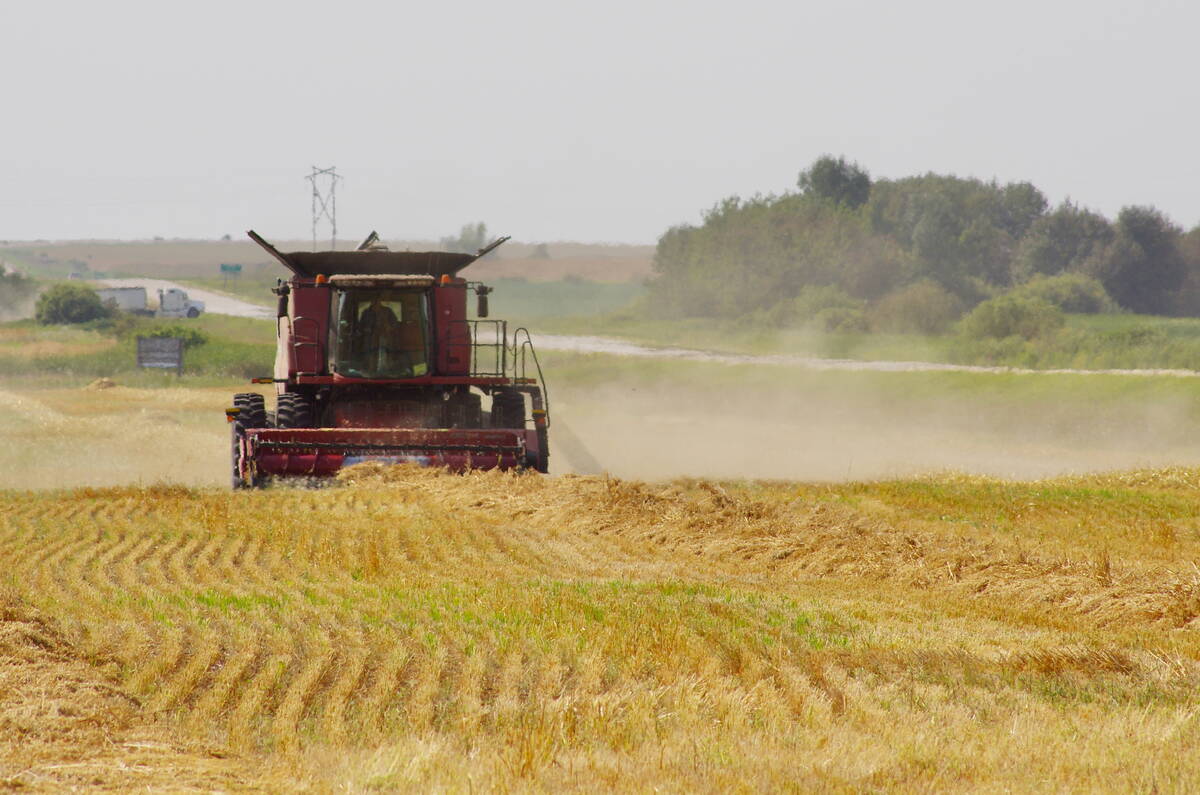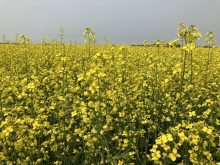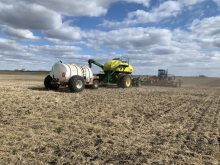Dry bean acres are down in North America and it remains to be seen whether wet conditions will exacerbate that shortfall, says an industry official.
Statistics Canada forecasts 337,000 acres of the crop in Canada, a 23 percent drop from last year.
Daryl Domitruk, executive director of Manitoba Pulse and Soybean Growers, thinks that estimate sounds about right.
Read Also

Herbicide resistance sprouts in Manitoba’s wild oats
Farmers across Manitoba this fall are gearing up for the latest salvo in what, for many, has become a longtime battle to beat out wild oats.
“We were predicting a drop in acres this year, even though prices are quite buoyant,” he said.
The association was forecasting a 25 to 30 percent decline in plantings in Manitoba from last year’s 180,000 acres.
Many farmers struggled growing beans in last year’s drought conditions and were looking for a crop that is easier to manage but provides solid returns. There are many options that fit that bill in 2022.
It is a similar picture in the United States where growers told the government they would plant 1.31 million acres of beans, a six percent reduction from the previous year.
Domitruk said there was simply too much competition from bigger crops like corn, soybeans and wheat.
Stat Publishing reports that bean markets are “moderately worried” about the pace of seeding in the U.S., which has been slowed by cool and damp conditions in many bean-growing states.
The U.S. crop was 11 percent planted as of May 23, down from 39 percent last year and the five-year average of 30 percent.
Seeding is late in Manitoba as well where few beans have been planted to date.
“This has created a concern that the final area will be lower than intended as farmers consider switching to shorter season crops, such as canola,” Stat said in a recent article.
Domitruk isn’t sure how growers will respond to the wet conditions. The crop insurance deadline for beans is June 6 for risk areas two and three, and June 10 for risk area one.
“These deadlines are coming up fast,” he said.
But most of the crop will be seeded by a core group of growers who are very familiar with planting beans. He thinks they will eventually get the crop in the ground if Mother Nature co-operates.
Domitruk thinks the wet start to the growing season will have little impact on yields.
“The dry bean land tends to be some of the better drained land and some of the better overall land,” he said.
Growers are well-practiced at applying seed treatments and if it stays wet, they will apply fungicides.
ADM bean trader Orion Roy-White is forecasting 205,288 tonnes of navy bean production in the U.S. and Canada in 2022, according to a presentation published on the Global Pulse Confederation’s website.
That is down 13 percent from last year.
He said higher prices will be needed to ration demand, especially if there are further production issues.
Sam Peck, vice-president of international marketing at SKE Midwestern Inc., is forecasting 600,000 acres of pintos in the U.S., which is about the same as last year. Canadian pinto plantings will be down 28 percent to 82,000 acres.
Black beans will fall 15 to 20 percent to 205,000 acres in the U.S. and will be down 16 percent to 37,000 acres in Canada, according to a slide from his presentation published on the GPC website.
Domitruk hopes growers in Manitoba continue planting beans in the coming years despite stiff competition from other crops.
“It’s not the biggest industry we have but it is sure important from an economic diversification and agronomic diversification perspective,” he said.
sean.pratt@producer.com


















